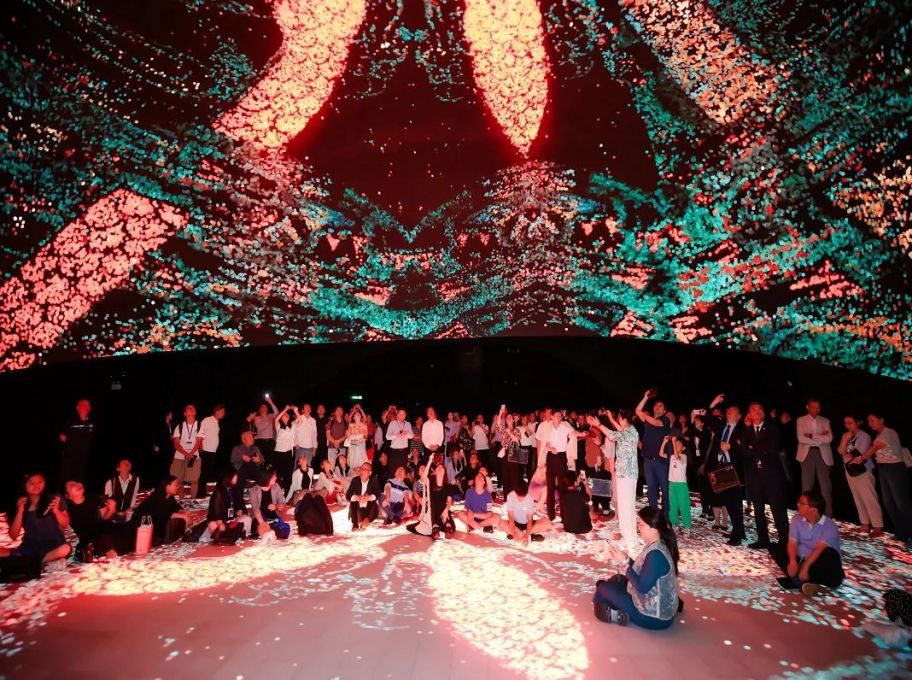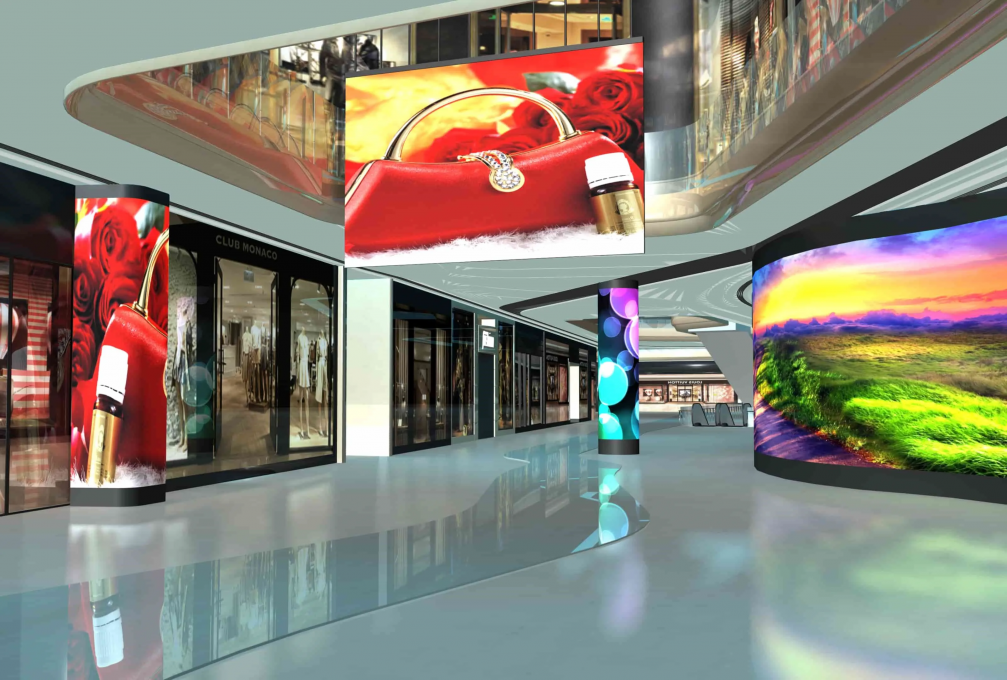项目概况:
LED显示屏的工程安装是一个涉及多步骤的过程,需要专业知识和技能来确保显示屏的正确安装和长期稳定运行。
1. 工程概述:首先需要确定安装位置、显示屏尺寸和面积,以及用于宣传广告和信息发布的用途。
2. 方案可行性分析:评估基础设施,如建筑物外墙的承重能力,电源供应是否满足显示屏需求,并设计稳定可靠的电源供应系统。同时,根据客户需求设计控制系统,并考虑气候条件对室外安装的影响。
3. 施工步骤:
基础处理:检测和评估建筑物外墙,确保其能够支撑显示屏的重量,并进行必要的增强处理。
电源供应系统设计:设计合适的电源供应系统,确保其稳定可靠。
控制系统设计:根据用户需求设计控制系统,确保显示屏能够正常工作并能够远程控制。
安装箱体:根据材料和使用方式选择合适的箱体,如铁箱体、铝箱体、防水箱体等。
安装方式:选择合适的安装方式,如壁挂式、立柱式、悬臂式、悬挂式、镶嵌式等。
4. 调试验收:完成显示屏的安装后,进行整体的调试和验收,包括显示效果、亮度调节、传输信号稳定性等,确保设备正常运行。
5. 安全措施:施工前需对工程现场进行安全检查,制定安全施工方案,配备必要的安全防护设施,确保施工期间安全生产。
6. 技术方案书:在进行安装前,应有一份详尽的技术方案书,包括设计依据、显示屏排布、可行性分析、系统设计说明、屏幕系统先进性、屏幕系统功能等。
7. 安装方式图解:了解不同的安装方式,如立柱式、壁挂式、悬臂式、悬挂式、镶嵌式、站立式、楼顶式等,以及它们各自的应用环境和特点。
8. 售后服务承诺:安装完成后,厂家应提供售后服务承诺,包括维护保养、技术支持等。
9. 注意事项:在安装过程中,要注意电源与信号线材的选择、防雷措施、散热设计、维护与保养、安全操作以及遵守相关法规。
The engineering installation of an LED display is a multi-step process that requires specialized knowledge and skills to ensure the correct installation and long-term stable operation of the display.
1. Project overview: First of all, it is necessary to determine the installation location, display size and area, and the use for advertising and information release.
2. Solution feasibility analysis: Evaluate the infrastructure, such as the load-bearing capacity of the external wall of the building, whether the power supply can meet the demand of the display screen, and design a stable and reliable power supply system. At the same time, according to the customer demand design control system, and considering the influence of climate conditions for outdoor installation.
3. Construction steps:
Foundation treatment: detection and assessment of building external wall, make sure it's capable of supporting the weight of the display, and make the necessary enhancement processing.
Power supply system design: Design a suitable power supply system to ensure its stability and reliability.
Control system design: Design the control system according to user requirements to ensure that the display can work normally and can be controlled remotely.
Installation box: Select the appropriate box according to the material and use mode, such as iron box, aluminum box, waterproof box, etc.
Installation method: choose the appropriate installation, such as wall, pillar type, cantilever type, hanging, Mosaic, etc.
4. Debugging and acceptance: After the installation of the display screen, the overall debugging and acceptance, including display effect, brightness adjustment, transmission signal stability, etc., to ensure the normal operation of the equipment.
5. Safety measures: on construction site safety inspection before the construction, to develop safety construction schemes, equipped with the necessary safety protection facilities, and ensure that during the period of construction safety production.
6. Technical proposal: Before installation, there should be a detailed technical proposal, including design basis, display layout, feasibility analysis, system design description, screen system advancement, screen system functions, etc.
7. Installation diagram: to know the different installation way, such as pillar, wall, cantilever type, suspension type, Mosaic, standing type, roof type, etc., and their respective applications and features.
8. After-sales service commitment: After the installation is completed, the manufacturer should provide after-sales service commitment, including maintenance, technical support, etc.
9. Precautions: During the installation process, pay attention to the selection of power and signal wires, lightning protection measures, heat dissipation design, maintenance and maintenance, safe operation and compliance with relevant regulations.



